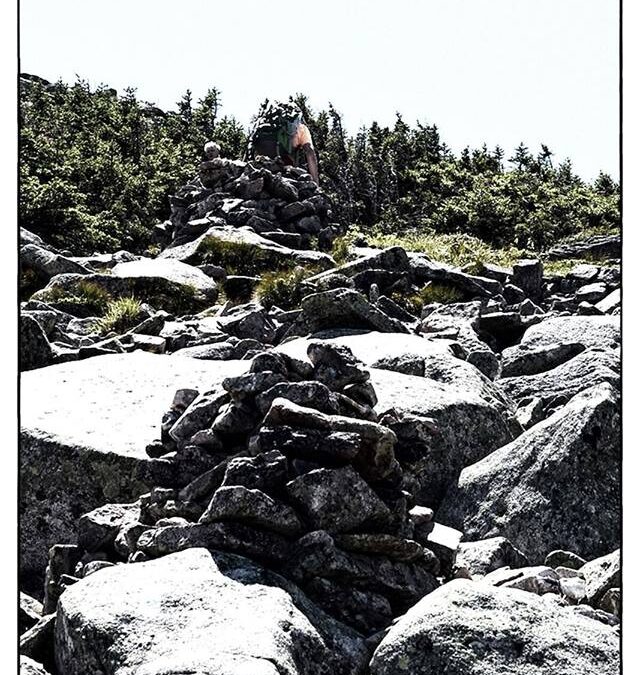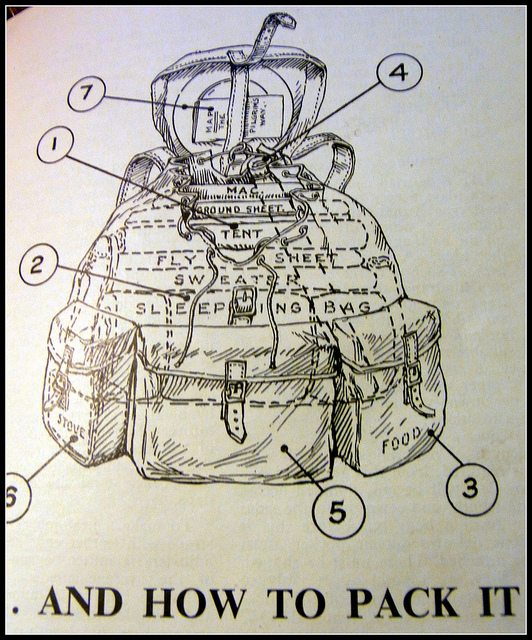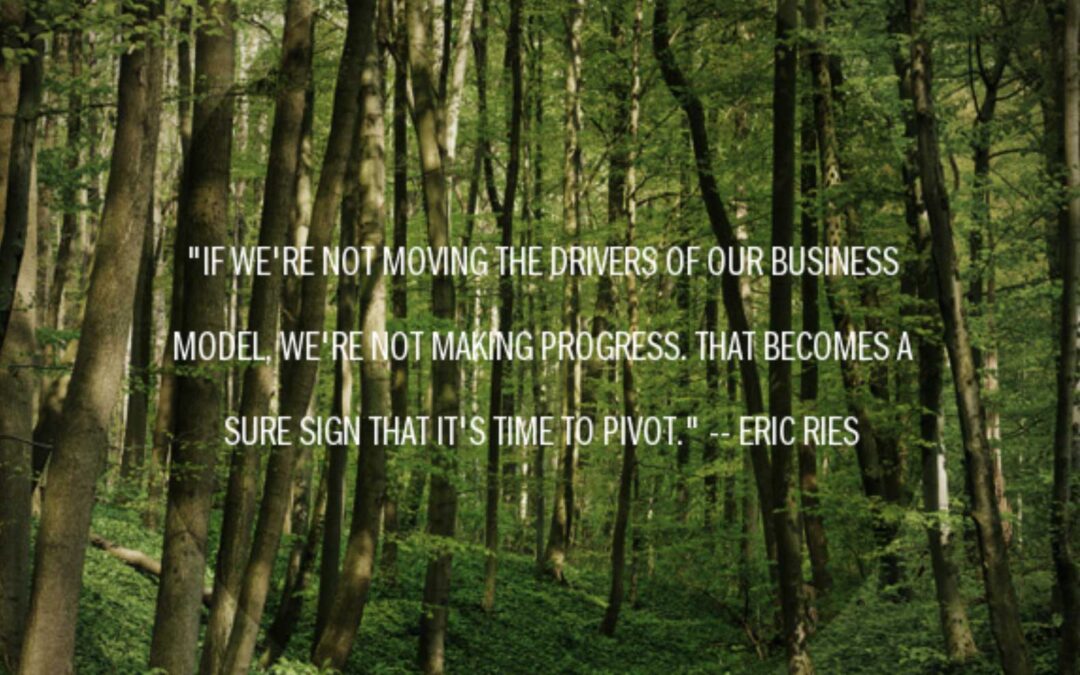
by Kendall Wyman
You’ll see three kinds of hikers on the trail: The ones who seem to float on their tippy-toes from the crest of one granite stone to the next; the ones who seem to swim up through the leaf and boulder strewn path like fish gracefully navigating invisible waters; and those who look miserable — jolted with every step as the stutter and drop and climb, gracelessly jarring knees and ankles and backs.

by Kendall Wyman
One of the main tenets of outdoor survivorship is that it is essential to observe your environment. Closely. But observation is only half of the required skill. The other half is an unbiased interpretation of the data you are being given.
Wilderness mishaps and death stories are filled with cautionary tales of people who blindly ignored obvious signs of risk and danger. And, when I say blindly, I mean they made the types of decisions that cause people – those safely listening in their armchairs and far from the buggy, evening woods – to gasp, agog, and say, “What were they thinking?”

by Kendall Wyman
My father lifted my pack into the back of his car in the EMS parking lot in North Conway, where we’d agreed to meet to carpool the rest of the way into The Whites. He whistled low and under his breath. “Geez, Kendall.” “What?” I was grabbing poles and double checking to ensure I had ACTUALLY put my boots in his car. “Your pack is light . . . you sure you’ve got enough here? I mean, there’s running lean and then there’s running lean. . .”

by Kendall Wyman
Adapt or die. Accept change or risk losing everything the organism has endeavored to achieve. Let go of what one thought one was to become and be what one is. Kill your darlings. Faulkner’s oft-quoted phrase is frequently used to admonish young writers to edit critically, even when that means killing off beloved, favored words, sentences, paragraphs, themes and even characters. It is advice I have clearly not taken here but let’s set that aside for the time being.

by Kendall Wyman
How many times have I sat across from a client or potential client vigorously flogging the term “custom software development” to describe what they needed done (or thought we were doing ) and found that the client and I had vastly different understandings of what that term means? It is incredibly disconcerting to expect to see a cat and, instead, see, say, a loaded baked potato . . . or a mini pig in a tutu . . . or, less fatuously, auto manufacturing. What, exactly, is custom software development?




